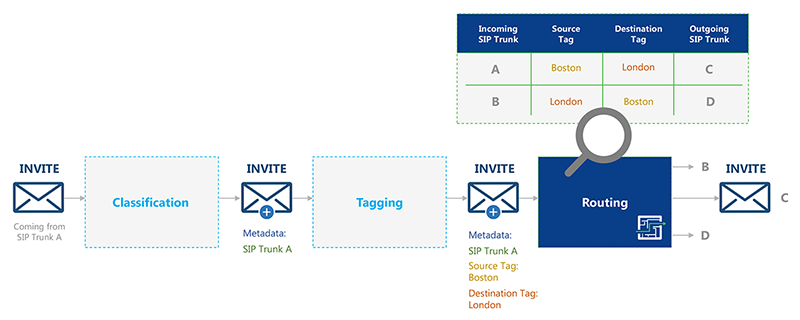Session Border Controllers (SBCs) are a vital part of any VoIP network. Deployed, as their name suggests, at the border between an enterprise and a service provider, SBCs provide connectivity, security, quality assurance, regulatory compliance and media services. Not only that, SBCs are also adopting more and more network roles with the rapid growth of unified communications.
So it’s clear that SBCs are here to stay. But if you’ve ever configured a service provider SBC, the chances are you know exactly how complex the routing tables can get when each service provider SBC is a key element of the link to literally thousands of customers.
In fact, it wouldn’t be a stretch to say that configuring the routing table is generally thought of as being the most complicated part of incorporating and using an SBC in a network.
Obstacles Ahead?
Let’s have a look at some of the challenges that present themselves.
Because of the sheer number of customers that service provider SBCs are responsible for, you should take several important points into consideration when you configure routing tables.
Firstly, a service provider SBC must be able to easily distinguish between different customers while routing INVITES from the service provider server. It must also pass details about the customer to the service provider server while sending an INVITE from the SBC to the server.
Secondly, you need to determine how to eliminate the need for per customer message manipulations, customer service records and routing rules.
Thirdly, you’ve got to be able to configure call admission control for each customer.
And lastly, you want the ability to add additional customers without touching the common configuration settings.
Finding the Right Way
We at AudioCodes make it our mission with everything we do to cut right through to the heart of the matter. Our aim is always to make complex technology as easy to understand and as simple to use as possible. So, in the case of our SBCs, one of the things we asked ourselves was how we could make routing table configuration as painless as possible.
Our answer was to take apart and completely rethink the traditional SBC routing configuration model. We developed the concept of routing tags to simplify and reduce the number of route rules that need to be defined.
In essence, this involves dividing the routing process itself into two separate actions by adding a new route tagging stage. This is preceded by the classification stage and followed by the routing table, as per the traditional model. This means that routing on AudioCodes SBCs is actually executed over three steps instead of two, as shown below.

This configuration procedure is GUI-based, with no scripts needed. As a result, the routing tables are compact and easy to read, delivering total routing flexibility.
We’ll Get You There
This approach ensures maximum flexibility and can easily be adjusted to new methods or different nuances, such as different flavors of TGRP. Also, different data exchange methods can be used at the same time on the same device, with the ability to translate between them. The required configuration for each customer is minimal, there is no configuration redundancy, and configuration is non-bleeding. Finally, our SBCs can use external databases for routing, and they also allow both routing and advanced message manipulations.
OK, we admit it. We can’t (at least, not yet) give you a magic map or a handy GPS unit to figure out your SBC routing tables for you. But we think we’ve put our SBCs together in such a way that you can avoid most of the routing headaches. Why don’t you join us for the journey?
To learn more about making SBC routing easy, click the button below.


